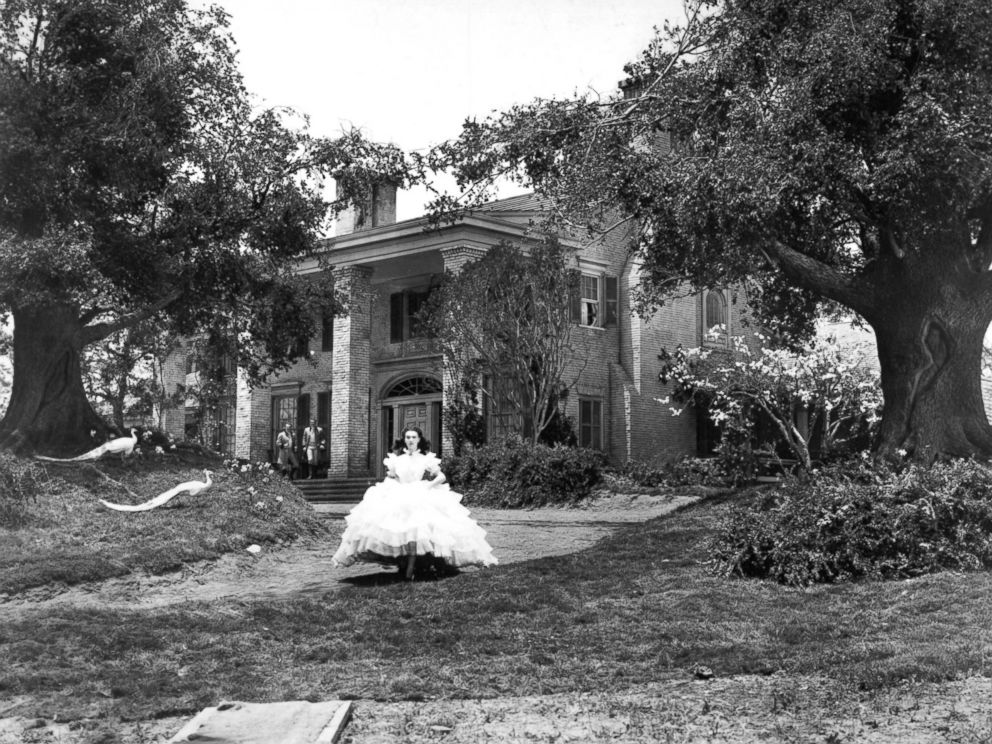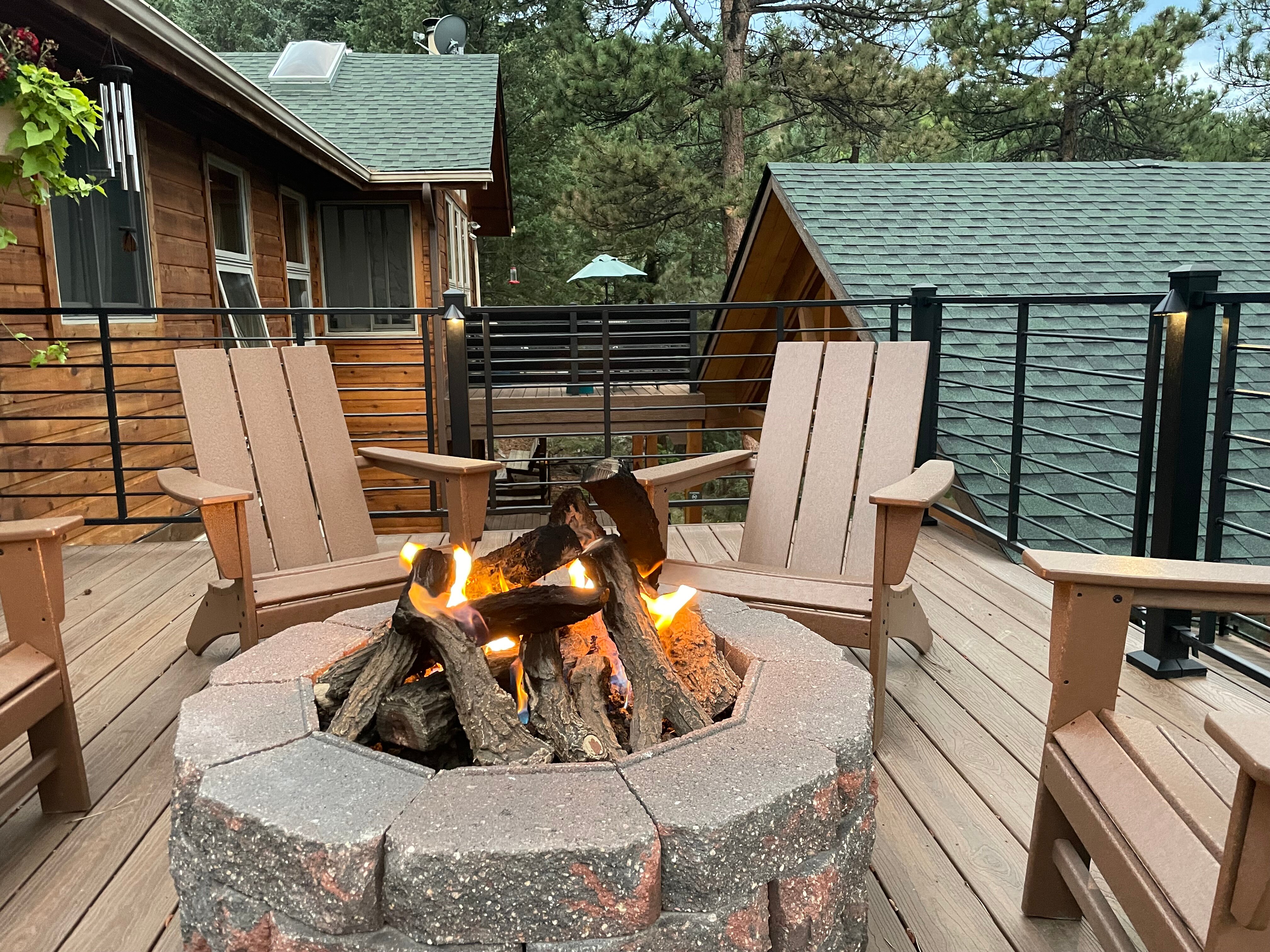Table Of Content

Then enjoy our complimentary turndown service that includes chocolate truffles and cold waters. Inside the Twelve Oaks “Gone With the Wind” mansion are four reproductions of Scarlett’s (Vivien Leigh) gowns from the film as well as two of Rhett’s (Clark Gable) suits. In May, the door from the Tara plantation went up for auction, and now the antebellum mansion that served as the inspiration for the home in the iconic film is on the auction block too. Besides Gone with the Wind, 15 other movies have been filmed here, including Life of the Party, Tyler Perry’s The Family that Preys, Halloween II, Southern Fried Homicide, In the Heat of the Night and Bessie. The property averages one to two movie or TV show contracts per year and also provides accommodations for cast and crew members.
The Owner of the Largest Plantation in North Carolina
However, the inspiration for the idyllic, antebellum, historical plantation home of the main character, Scarlett is actually a real place that you can visit. The film’s producer, David O. Selznick, bought the film rights a month after the publication of Mitchell’s novel. Several roles in the film—notably that of Scarlett—involved lengthy searches and elaborate deal making. The famous “burning of Atlanta” scene required the fiery destruction of a 30-acre back lot.
Tara (plantation)
The mansion, originally built in 1836, was acquired by Savannah couple Anthony Tippins and Natalie Powlas in an auction in 2019. An old plantation house outside Jonesboro, which still stands and is known locally as the Fitzgerald Place, was once the home of her great‐grandfather, Philip Fitzgerald. In her novel, Margaret Mitchell gave Fitzgerald Place the fictional name of Tara, and it became the family home of Scarlett O’Hara. Gone With The Wind fans in search of Tara, the O’Hara plantation house, will need to travel 30 minutes south of Atlanta to the “Official Home of Gone With The Wind”, Clayton County, where Margaret Mitchell set much of the novel. The stately white pillar-covered mansion features more than 10,000 square feet of renovated space — over $2 million was spent fixing it up recently, according to a press release issued to TODAY Home from Target Auction, the company overseeing the sale.
A Brief History of Scent With Saskia Wilson-Brown
With a huge budget, glorious, exquisite costumes, star-studded cast and extensively detailed filming sets, it comes as no surprise that this film is considered a Hollywood classic, and one of the most famous films of all time. Ward’s wealth and power were built on the labor of enslaved people, who toiled on his vast rice plantations. He owned more than 1,000 enslaved individuals at the height of his plantation empire, and his wealth was estimated to be around $50 million in today’s dollars. The property’s ties to the film are sure to delight and transport visitors back in time to the antebellum South. The plantation home used as Twelve Oaks in the 1939 film “Gone with the Wind” is located in Covington, Georgia.
Movie set
The residence is also full of the old-world splendor, including grand chandeliers, a very rare antique shower from the late 1800s, and two bathtubs worth more than ,000 each. Twelve Oaks is named as one of the top 10 Antebellum sites in Georgia, and is included in the list of the National Register of Historic Places as one of the most stunning examples of antebellum architecture of the South. After almost 200 years, in 2019 it went up for auction with a starting bid of $1 million and was sold on July 25, 2019. Initially, it is a thing of pompous but shallow beauty, then a place of desolation but nevertheless still standing when the neighboring homes are not, and finally as beautiful as ever but bereft of life and happiness. Take a tour of the Margaret Mitchell House at Atlanta History Center Midtown, or “The Dump” as Mitchell lovingly called her Midtown apartment.
Attack on Scarlett in Shantytown
Rhett chooses to go off to fight, leaving Scarlett to make her own way back to Tara. She finds Tara deserted, except for her father, sisters, and former slaves, Mammy and Pork. Scarlett learns that her mother has just died of typhoid fever, and her father has lost his mind. With Tara pillaged by Union troops and the fields untended, Scarlett vows to ensure her and her family's survival. The primary suite on the main level has a personal library with built-in bookcases, a spacious seating area, and a library table.
In Covington, mansion that inspired 'Gone With the Wind' heads to auction - Curbed Atlanta
In Covington, mansion that inspired 'Gone With the Wind' heads to auction.
Posted: Thu, 27 Jun 2019 07:00:00 GMT [source]
You would be hard pressed to find someone who could not tell you a single line from the movie. Gone With The Wind is a 1939 American historical romance movie based on the novel of the same name by Margaret Mitchell. This long epic tale of a broken romance follows the story of spoiled Scarlett O’ Hara played by Viven Leigh who is madly in love with Ashley Wilkes, who marries someone else.
This area has been known to host many Hollywood classic film sets, and has been used in western movies a multitude of times. For Gone With The Wind, set dressers had to use distinctive red dirt in order to replicate the soil of Georgia in this Californian location. Gone With The Wind is most often referred to as one of the greatest examples of the Golden Age of Hollywood.
The museum features hundreds of artifacts and memorabilia, including the original Bengaline honeymoon gown worn by Vivien Leigh in her role as Scarlett O’Hara, Margaret Mitchell’s personal volumes of the novel and a display dedicated to the African American cast. Also visit the Marietta National Cemetery where more than 10,000 Union soldiers are buried. The mansion was completely renovated in 2012 and updated with every modern convenience including private luxury bathrooms, remote control fireplaces in every room, and WIFI. Come stay with us and take advantage of a phenomenal opportunity to stay in of one of the south’s crown jewels as all of our suites are located inside the mansion.
But Twelve Oaks isn’t the only location that fans of “Gone With The Wind” can visit. The Road to Tara Museum, located in Clayton County, is an essential stop for anyone who wants to experience the world of Margaret Mitchell’s novel. The museum offers a fascinating glimpse into the history and culture of the American South, as well as the life of the author herself. Drayton Hall has a rich history and has survived centuries of wars, natural disasters, and changes in ownership.
Target Auction & Land Company, Inc., who has set the starting bid at $1 million, manages the sale. Online bidding began on July 4 and a live auction is scheduled at the property for Thursday, July 25 at 2 p.m., Eastern Time. Almost the entire film was shot right there in California, not in the deep South.
Despite not being a real home, Tara plantation still holds a special place in American pop culture and continues to be a popular tourist attraction for fans of the movie. It is important to note that while the plantation was a real place, the characters and events depicted in “Gone with the Wind” are fictional. The movie was filmed in various locations, including California and Georgia, but the actual Twelve Oaks plantation was not used as a filming location. In addition to its architectural significance, Drayton Hall is an important historical landmark.
This building was the most prominent and largest structure on the plantation, oten adorned with stylish architectural features such as columned porticos. The Big House was highly visible due to its size and position, and it served as the primary icon of plantation identity. Slaves, who referred to it as the “Big House,” recognized its importance and saw it as a symbol of the planter’s wealth and power. The Big House was also a place where important guests were entertained and where social events were held. It was a crucial element of plantation life and represented the wealth and status of the planter. The plantation was called Tara after the Hill of Tara, which was once the capital of ancient Ireland.
Fans of the film will also appreciate that the home includes four reproductions of Scarlett’s (Vivien Leigh) most iconic gowns from the film as well as two of Rhett’s (Clark Gable) suits. In true Southern style, there are porches where visitors can sip sweet tea as well as large oak trees where one can rest under the shade. Online bidding for the home began July 4, and a live auction will take place on July 25. The attack in Shantytown is at Big Bear Lake at San Bernardino, east of Los Angeles. Gerald’s walk with Scarlett was filmed on the Ruess Ranch, Malibou Lake, near Malibu Creek State Park, between Malibu and Thousand Oaks. A sheltered and manipulative Southern belle and a roguish profiteer face off in a turbulent romance as the society around them crumbles with the end of slavery and is rebuilt during the Civi...

She meets Rhett at a charity fund-raising bazaar, and she dances with him, violating the customary rules of mourning. Rhett, a successful blockade runner, continues to visit Scarlett over the next few months, as Atlanta comes increasingly under siege. Ashley returns home on a Christmas furlough and asks Scarlett to take care of Melanie, who is pregnant. Melanie goes into labour as Atlanta is being evacuated, and Scarlett and her servant Prissy (Butterfly McQueen) must attend the birth on their own. Scarlett summons Rhett to take her, Melanie, Prissy, and the baby back to Tara, and they flee through the burning city, only to find that Tara has been pillaged by Union soldiers.
Visitors can take a guided tour of the plantation and its gardens, which include a boxwood maze, and also learn about the plantation’s involvement in the American Revolution and the Civil War. The home’s historical significance lies in its role in the iconic film, where it served as Ashley Wilkes’ plantation home. The film, set durng the American Civil War, was based on Margaret Mitchell’s novel of the same name and remains a cultural touchstone for many. Scarlett O’Hara lived on the fictional plantation of Tara, which was inspired by the real-life Fitzgerald Place outside Jonesboro, Georgia. While Tara is a work of fiction, it draws heavily from the author’s own experiences and the history of the South during the Civil War and Reconstruction era.

No comments:
Post a Comment